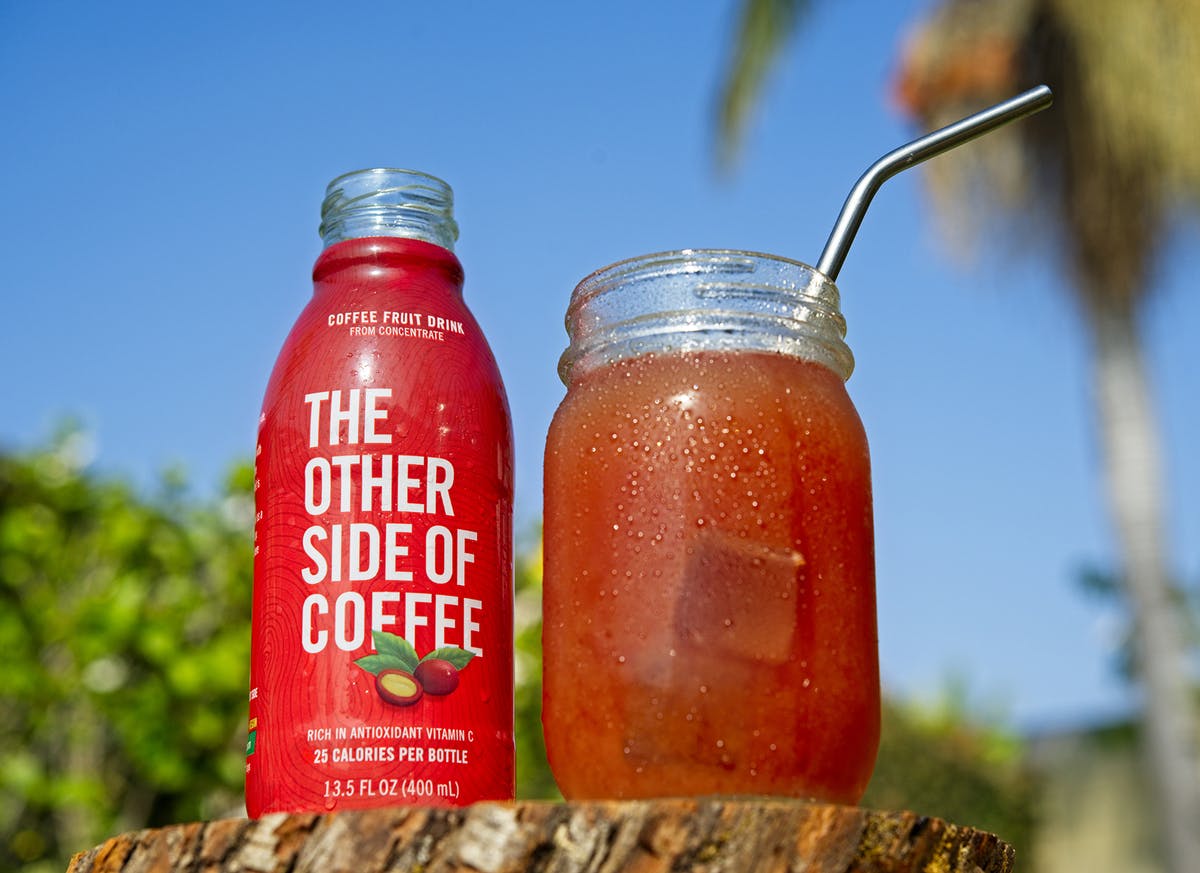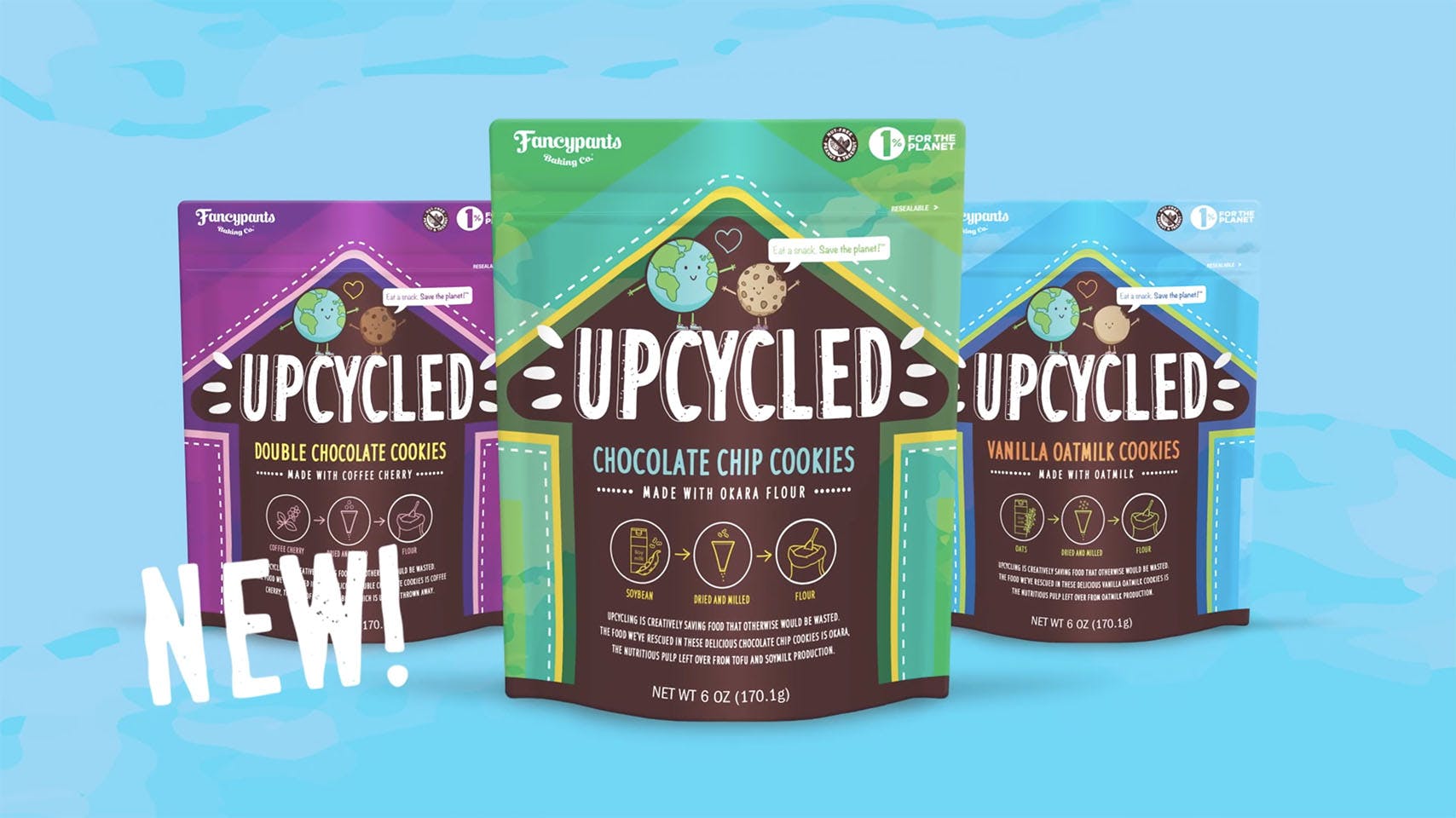No shopper would ever walk into a supermarket, buy three bags of food, and then throw one of them in the dustbin. Yet collectively, that is exactly what we are doing: one-third of all the food produced for human consumption is wasted. Not only is that morally repugnant—particularly given food shortages in so many parts of the world—it is also disastrous from a climate change perspective, given the resources devoted to the production and shipping of food (also, food that ends up in landfill generates greenhouse gases).
Governmental sustainability efforts
Given the scale of the problem, many environmental campaigners are frustrated that food waste received comparatively little attention at November’s COP26 climate change summit in Glasgow. But there is some positive news: many countries now have plans for food waste reduction, setting clear targets and laying out roadmaps to achieve them. Retailers and food producers will play an essential part in hitting these targets.
For example, last fall in the U.K. the Government published a progress report on its goal for the country to halve food waste by 2030, in line with the United Nations Sustainable Development Goals. It says 250,000 tonnes a year of food—worth £365 million–are now being saved from waste, with as much as 670,000 tonnes of GHG emissions avoided as a consequence. Already, more than 200 of the U.K.’s largest food businesses, accounting for around 60% of U.K. food industry turnover, have reported on their actions to prevent food from entering the waste stream.
Retailer sustainability efforts
Retailers including Sainsburys, Waitrose, and Abel & Cole have made particularly impressive strides. Working with suppliers, they have identified opportunities to reduce waste by reviewing varieties and product specifications at the primary stage, increasing the amount of surplus food that can be redistributed to charities, and supporting consumers to reduce their waste in the home with better labeling and storage instructions.
Similar efforts are being made in the U.S. For example, a recent report from Grocerywaste.com picked out Kroger, Walmart, and Ahold Delhaize as having made particularly successful food waste reduction efforts. All three have pursued strategies such as reporting volumes of food waste and implementing purchasing practices. including forecasting and ordering tools to reduce food waste. The three groups have also committed to achieving zero food waste by 2025.
Meanwhile, in the European Union, the European Commission shares the U.K.’s commitment to halving food waste by 2030 and has promised legally binding targets for reductions by the end of 2023.
Individual EU member states are working toward the same agenda. The Netherlands, for example, launched the United Against Food Waste campaign in 2018, as a joint initiative pursued by policymakers, businesses, and other bodies. Food producers and retailers in the country are playing an important part in the campaign, with a string of innovative ideas. The Waste Transformers, for example, turn kitchen food waste coming from restaurants and festivals into green electricity, fertilizer, and compost. OLIO is a peer-to-peer food sharing app that connects neighbors with each other and with local businesses so surplus food can be shared.
On the other side of the world, the Stop Food Waste Australia campaign is working with retailers and food producers ranging from Woolworths and Coles to Mondelez and Mars. Woolworths, for example, has unveiled a raft of measures to confront food waste, from a focus on stock ordering to ensuring surplus food is shared with farmers who can use it for feed or compost.
Elsewhere in the Asia Pacific region, retailers and other businesses are also working hard on food waste issues. For example, Tesco Malaysia donates extra food stocks to more than 130 local charities. In Indonesia, Garda Pangan collects excess food from the hospitality industry and distributes it to the poor or farms to be processed into compost.
Sustainability becomes a responsibility
These global initiatives are only a start, of course. One crucial challenge is to persuade food producers and retailers to see the battle against food waste as an opportunity as well as a responsibility.
Here too, there are some encouraging signs. For instance, we are beginning to see a trend for upcycling, with some producers using by-products usually thrown away to create new snacks. One example is the vanilla oat milk cookies made using the pulp from oat milk production by Fancypants Baking. Similarly, The Other Side of Coffee turns coffee waste into antioxidant-rich juice.
There is good reason for the industry to pursue these initiatives. The regulatory stick will get tougher over time, of course, but the focus should be on the carrot. All the evidence shows consumers want to buy from producers and retailers that are keen to cut waste. One recent survey found that 60% of consumers in the U.S. are now “extremely” or “very” concerned about food waste; 52% said they actively seek to avoid food waste when grocery shopping.
As policymakers demand action and consumers embrace those businesses leading the way, the outlook is encouraging. For retailers and producers alike, tackling food waste should prove both good for the planet and good for business.



